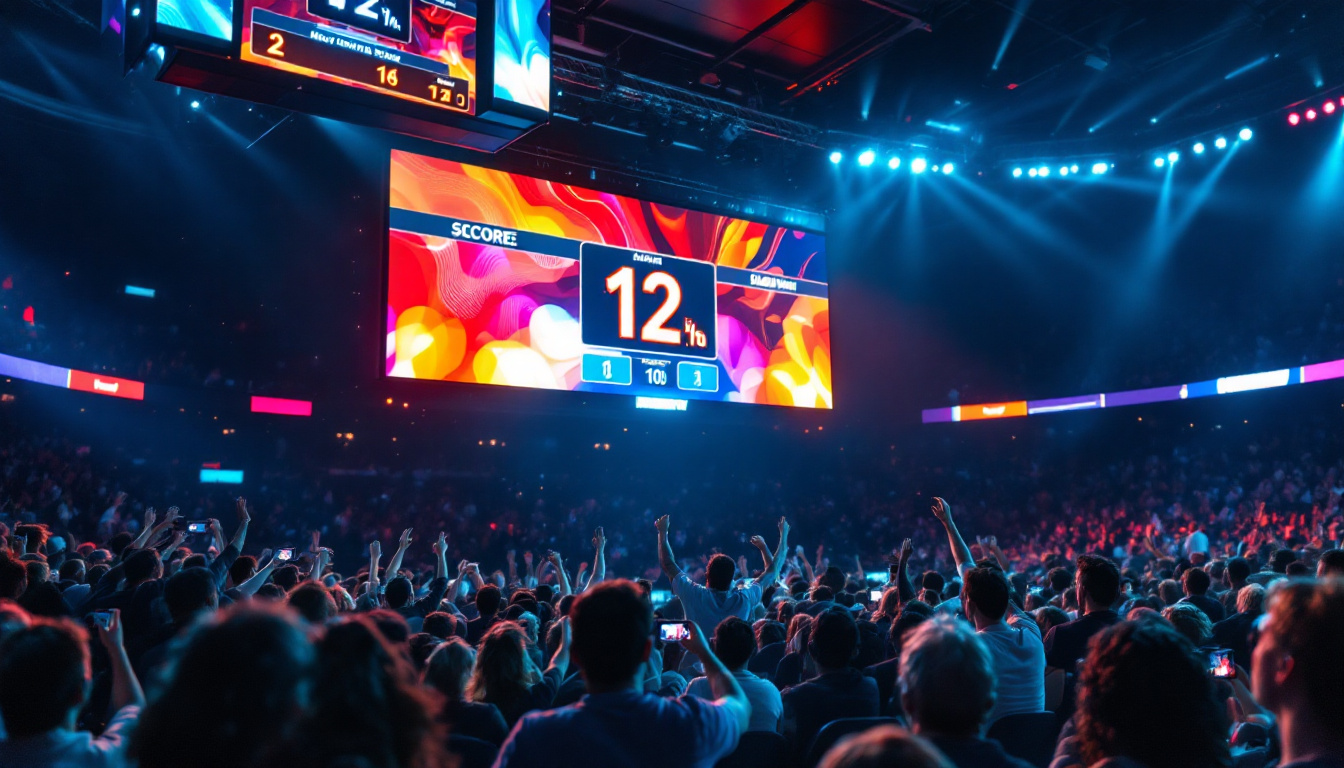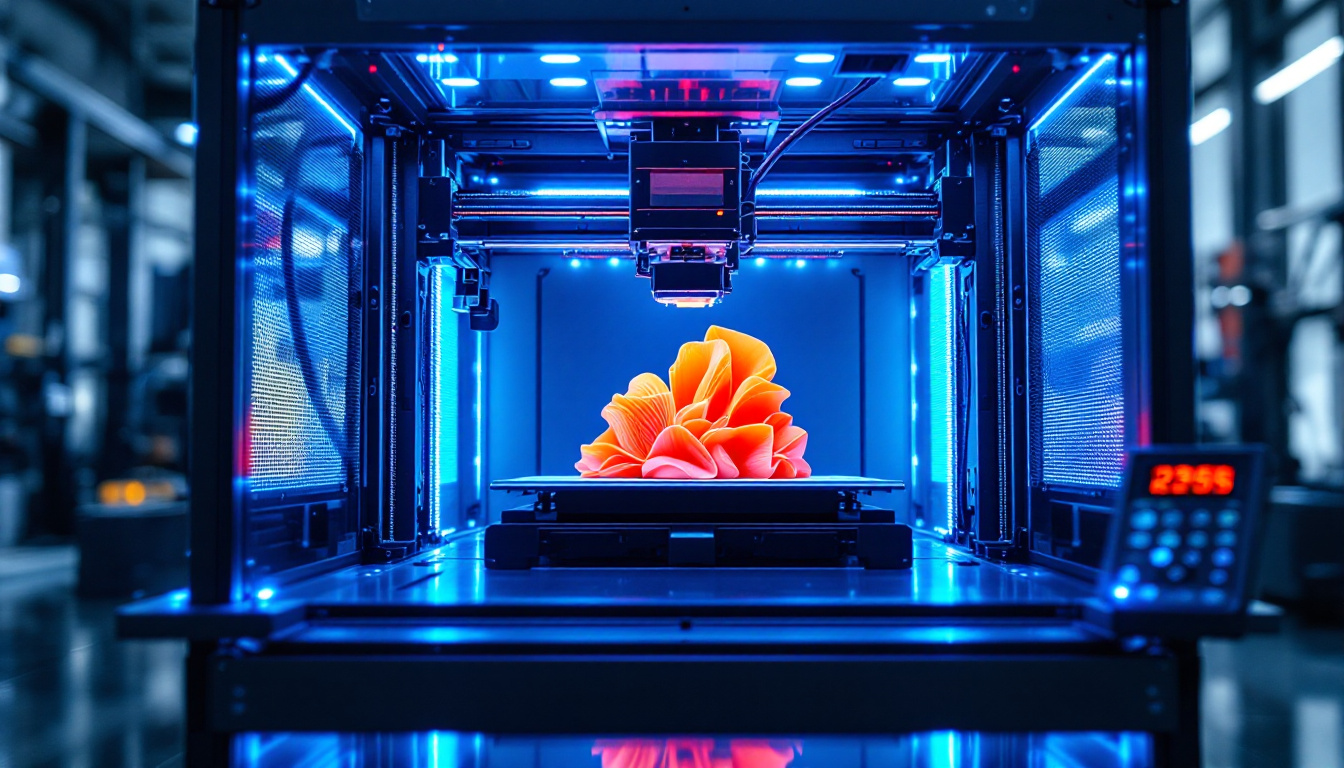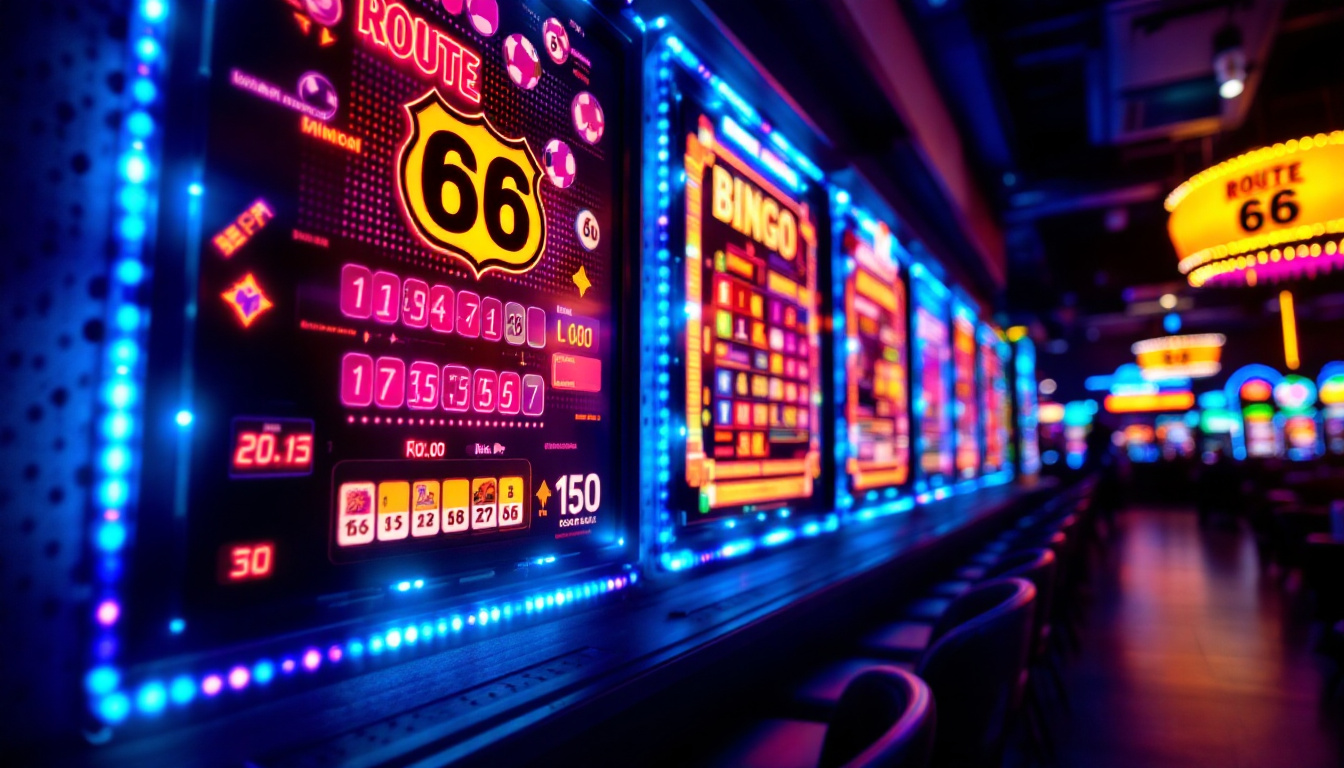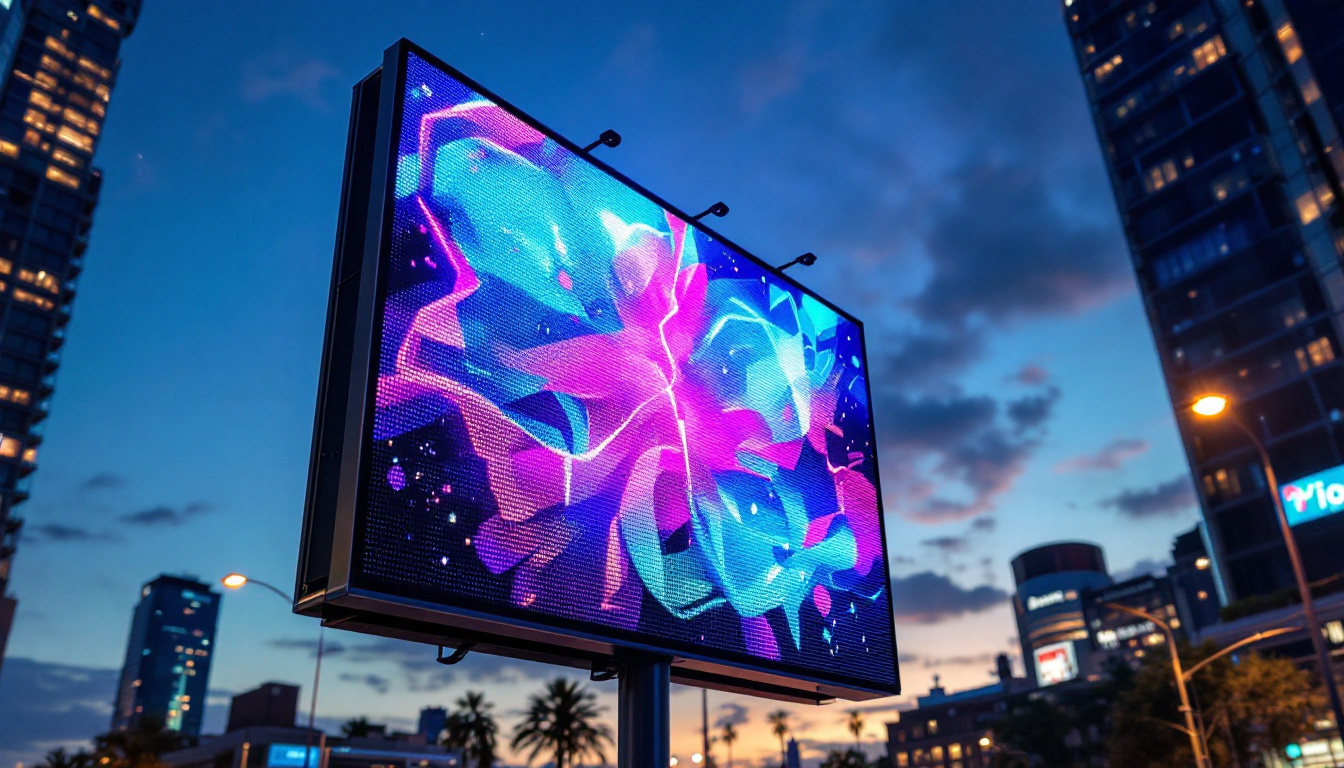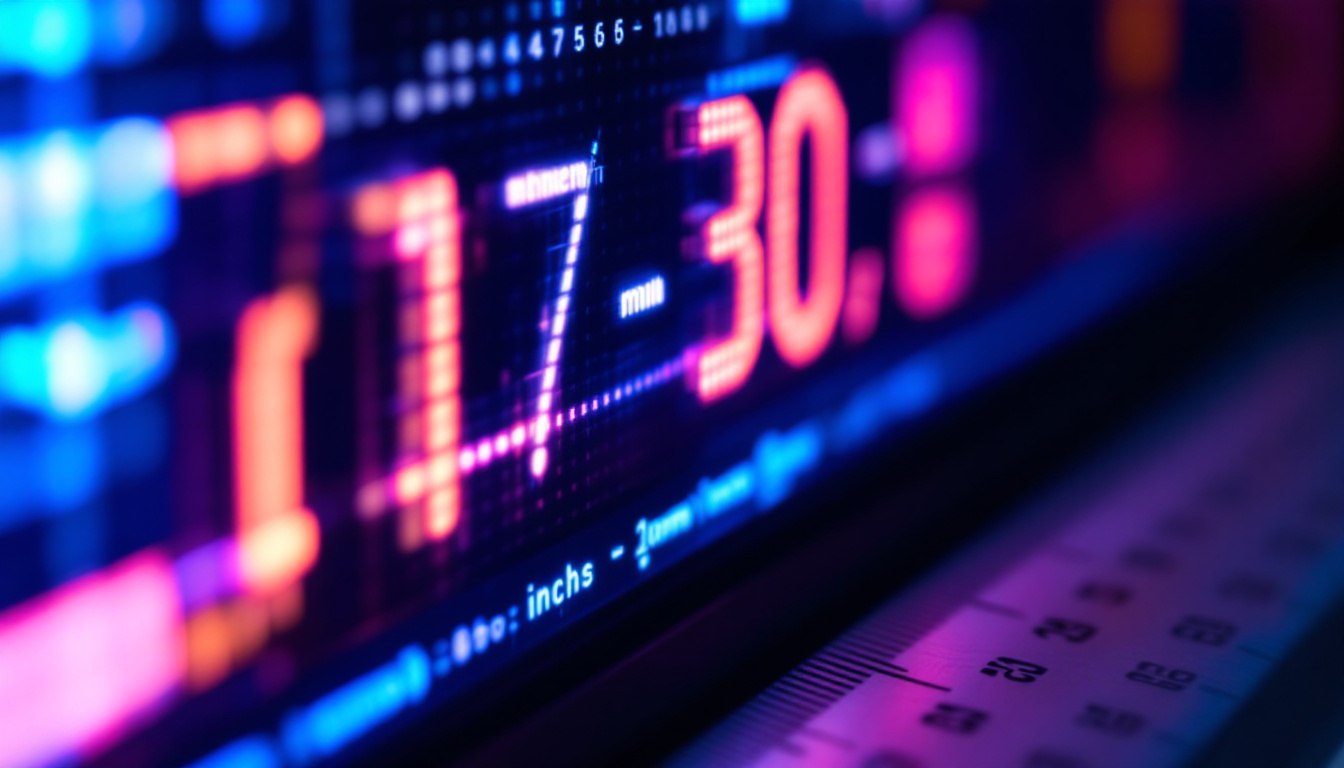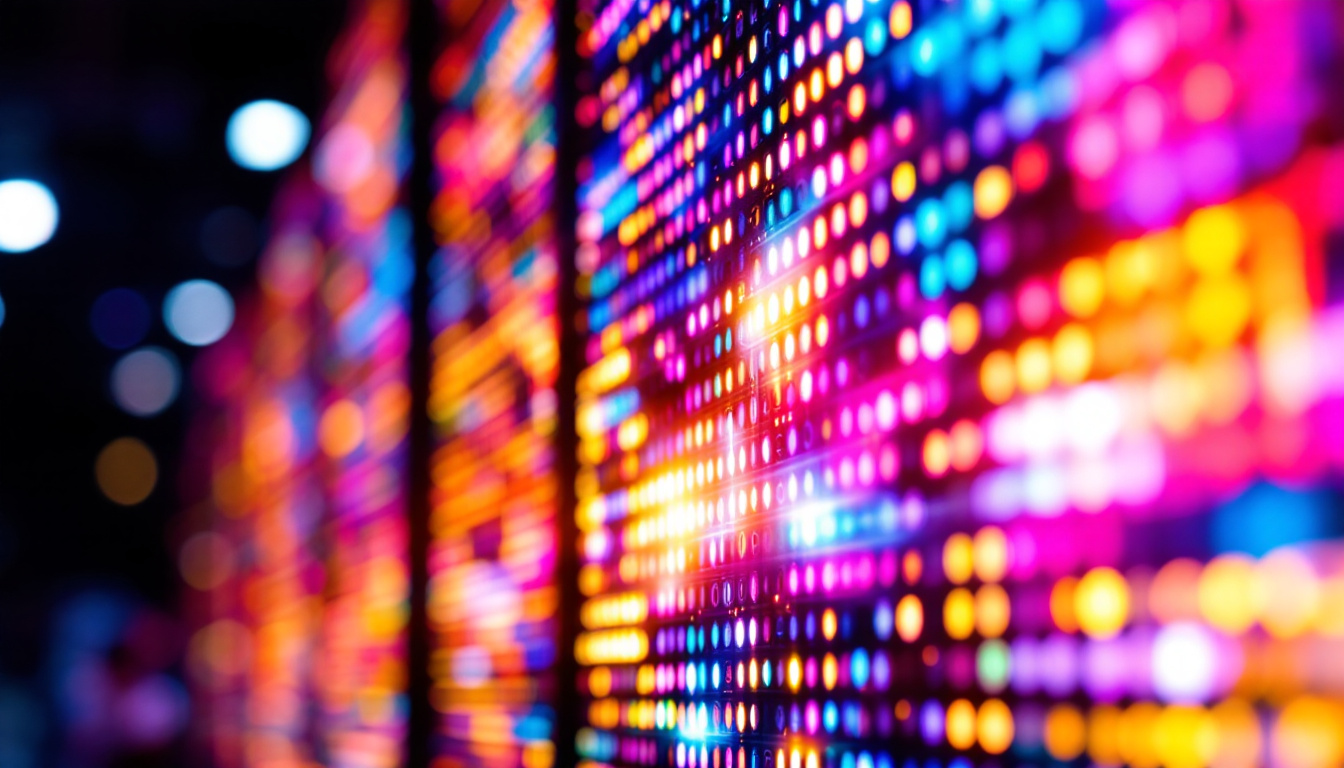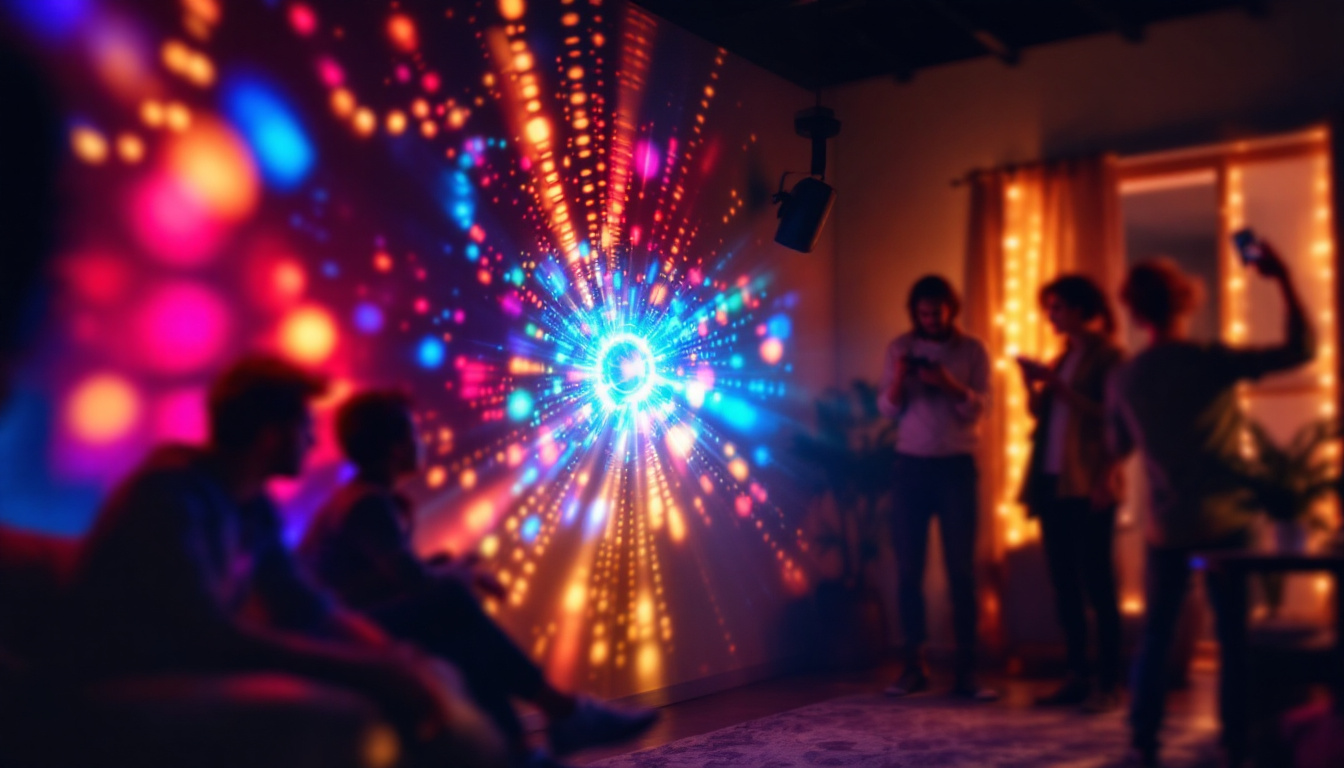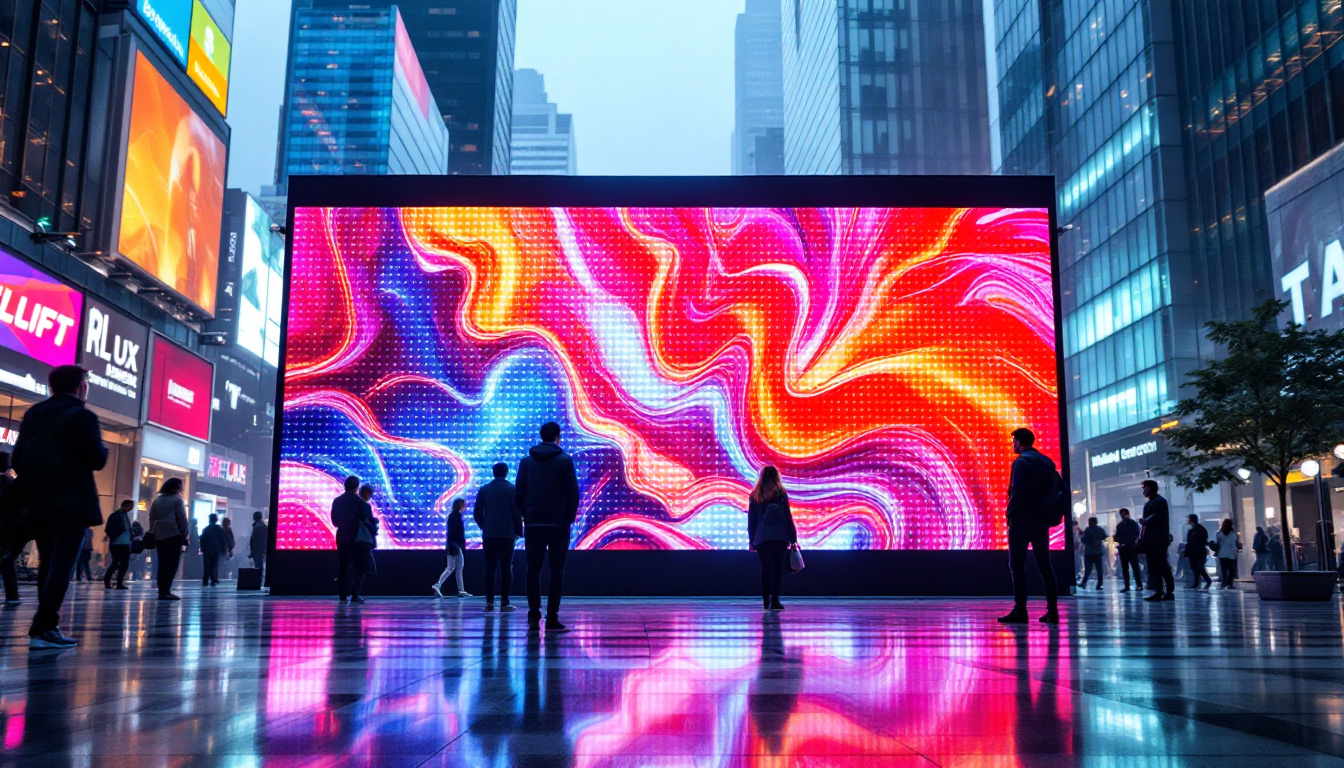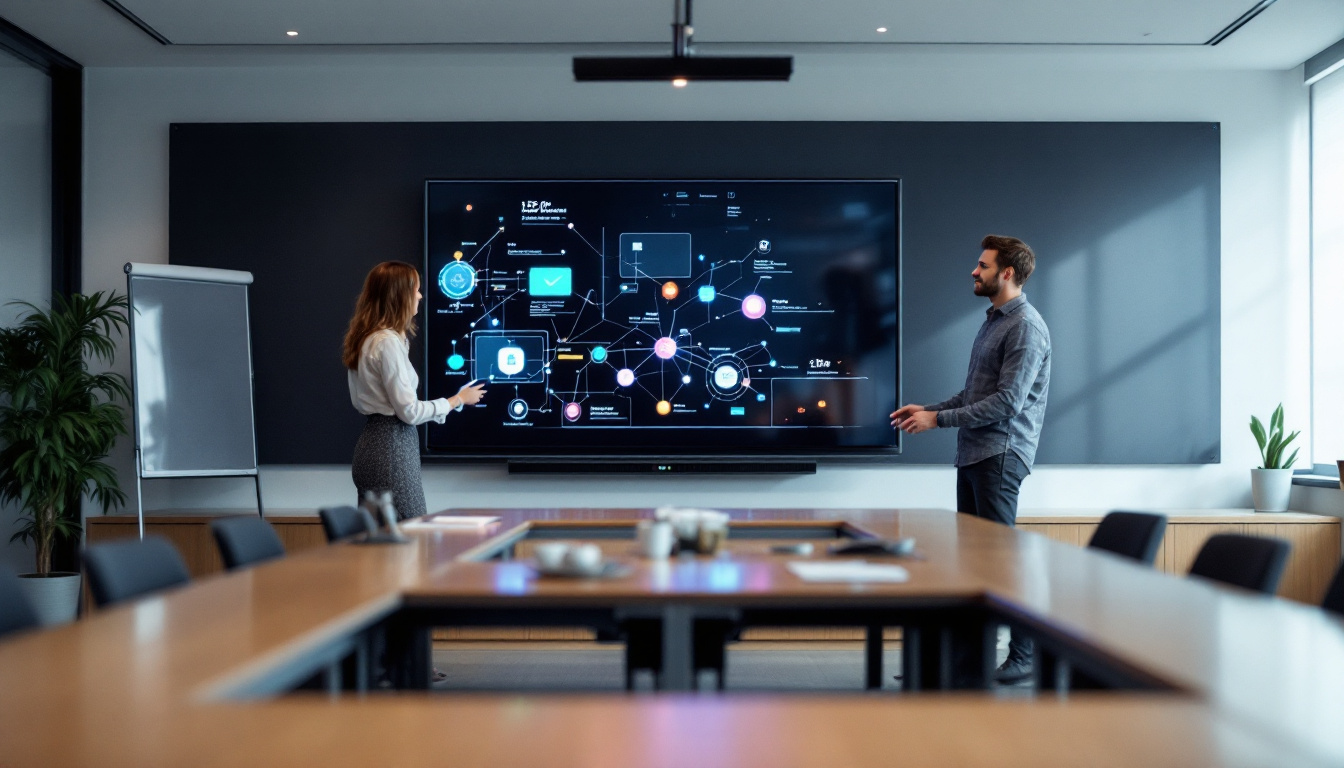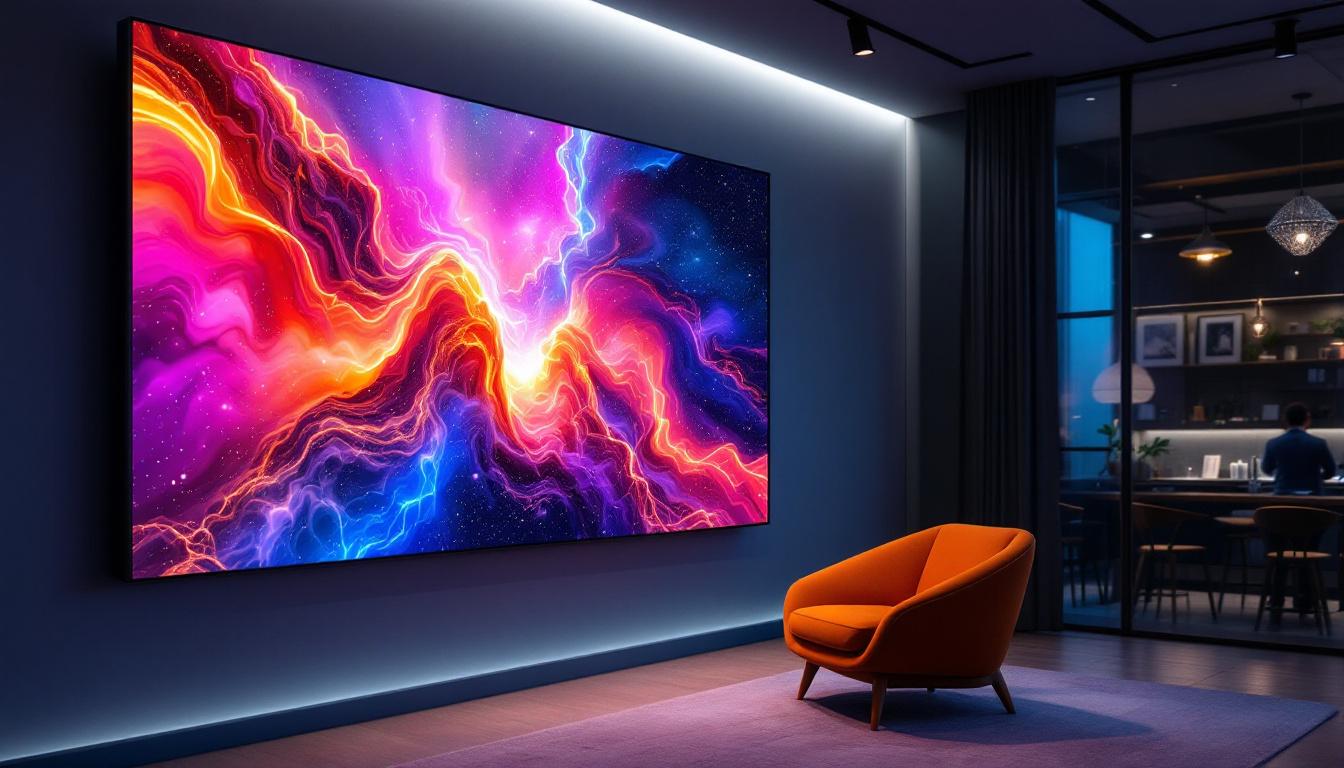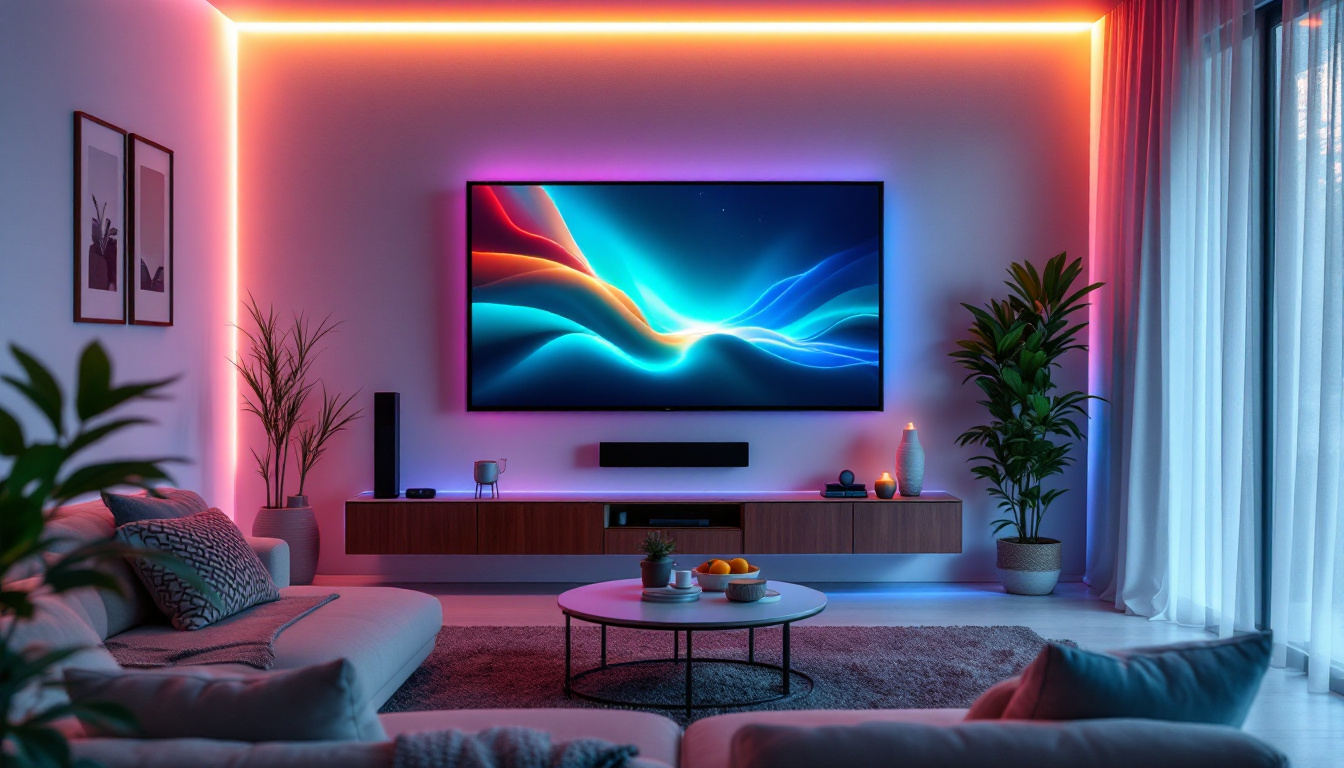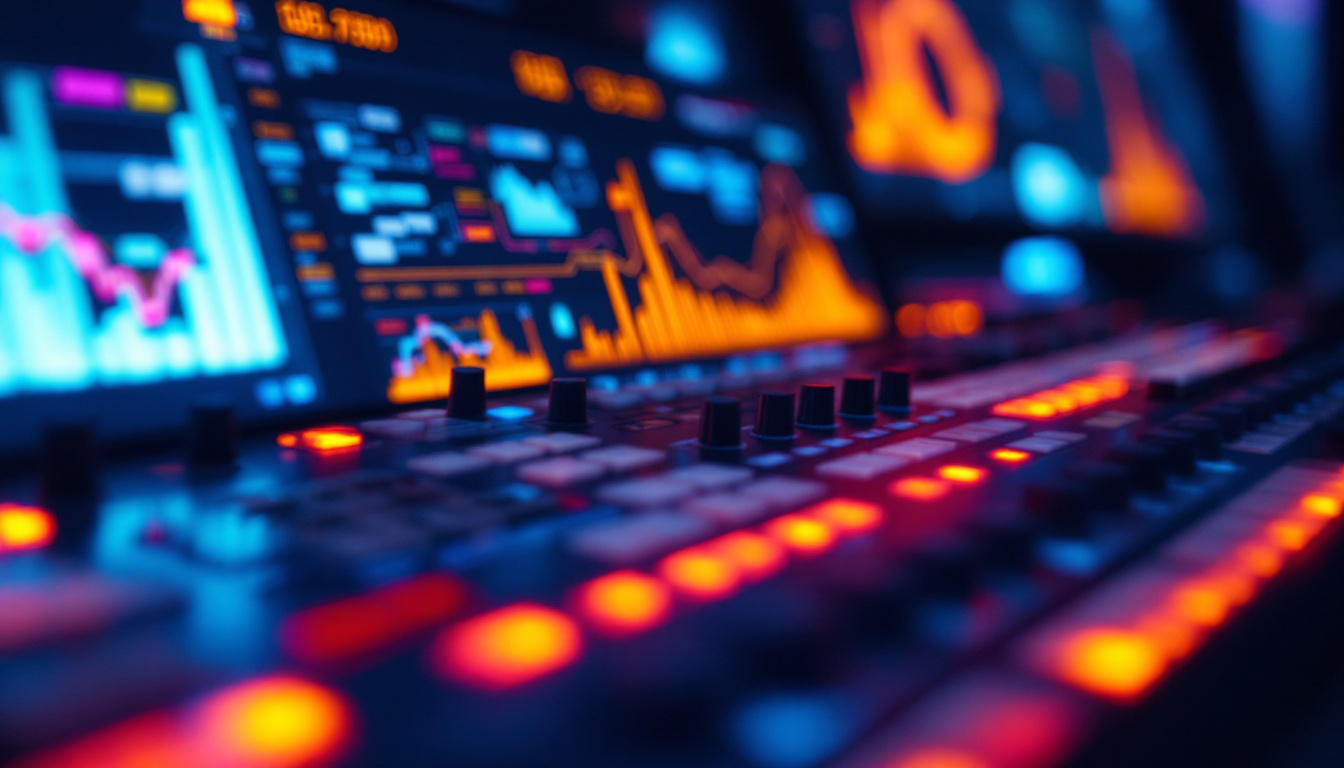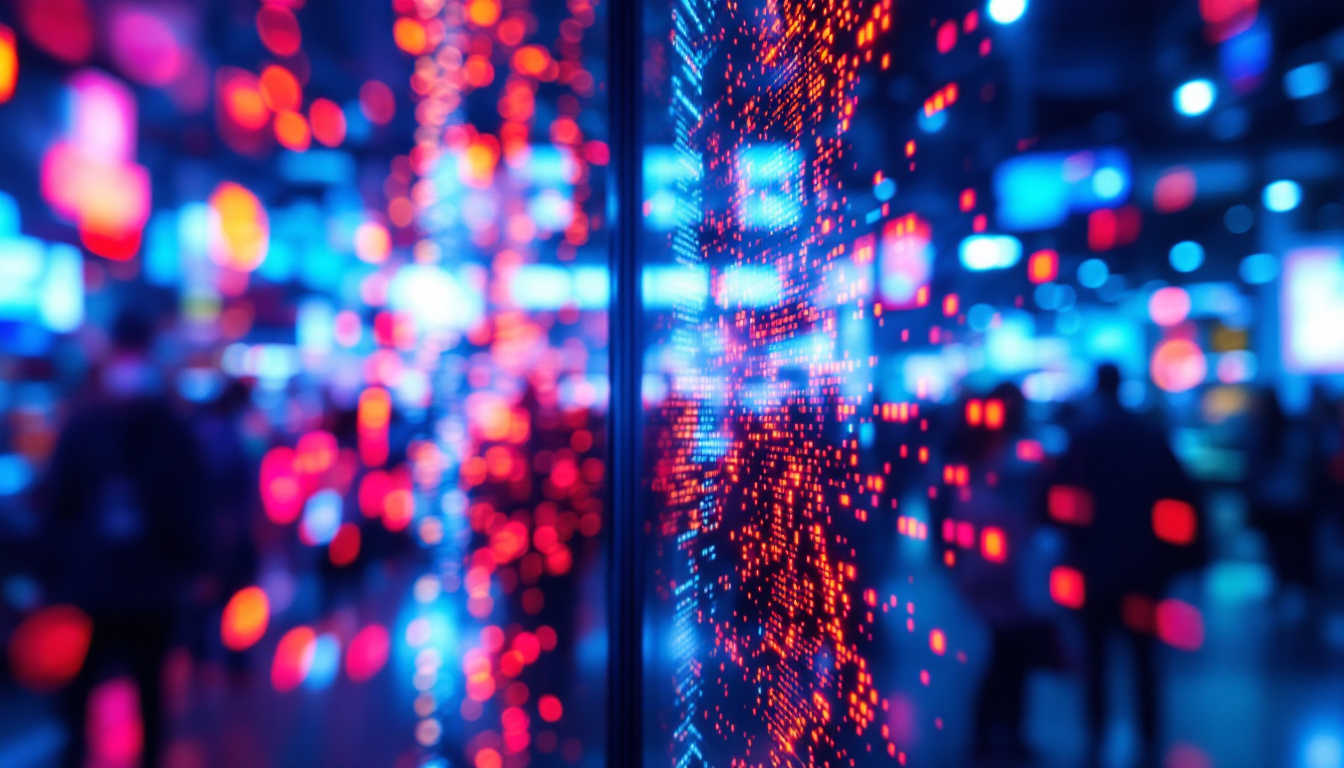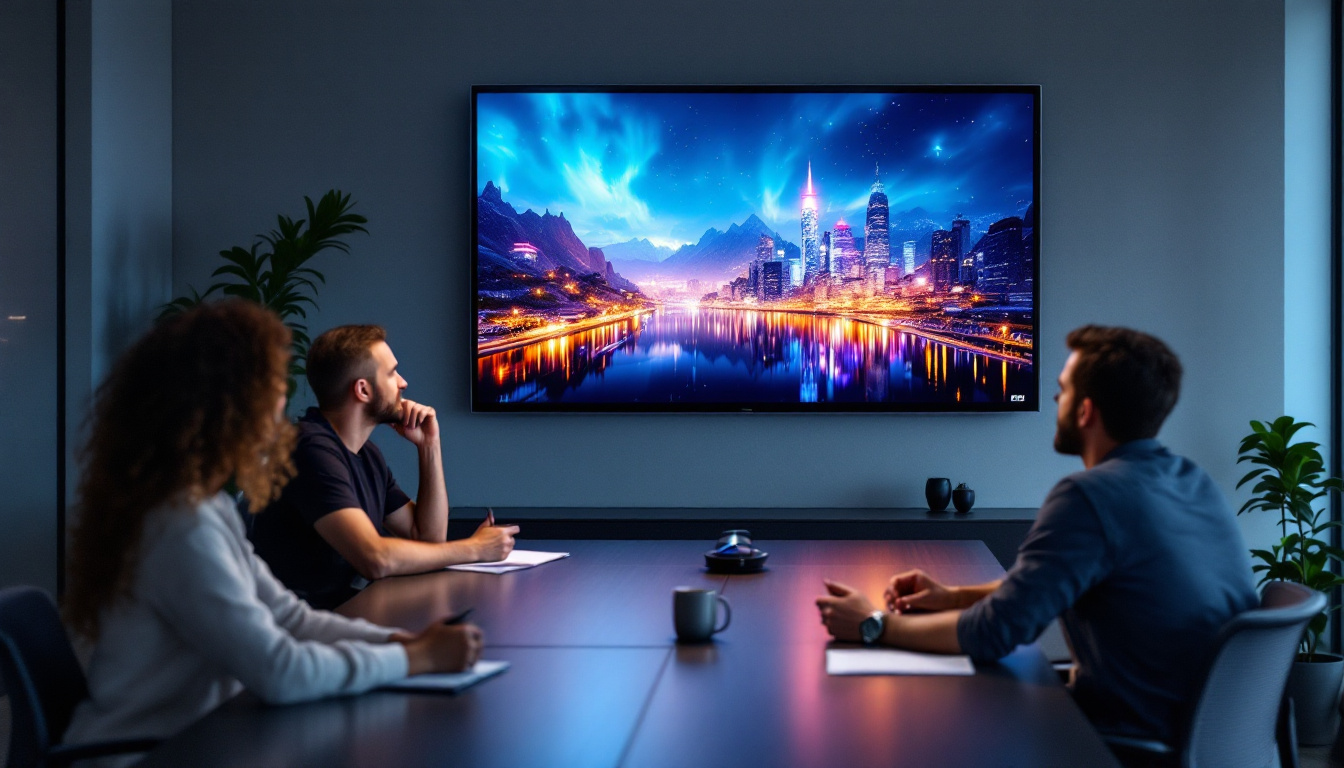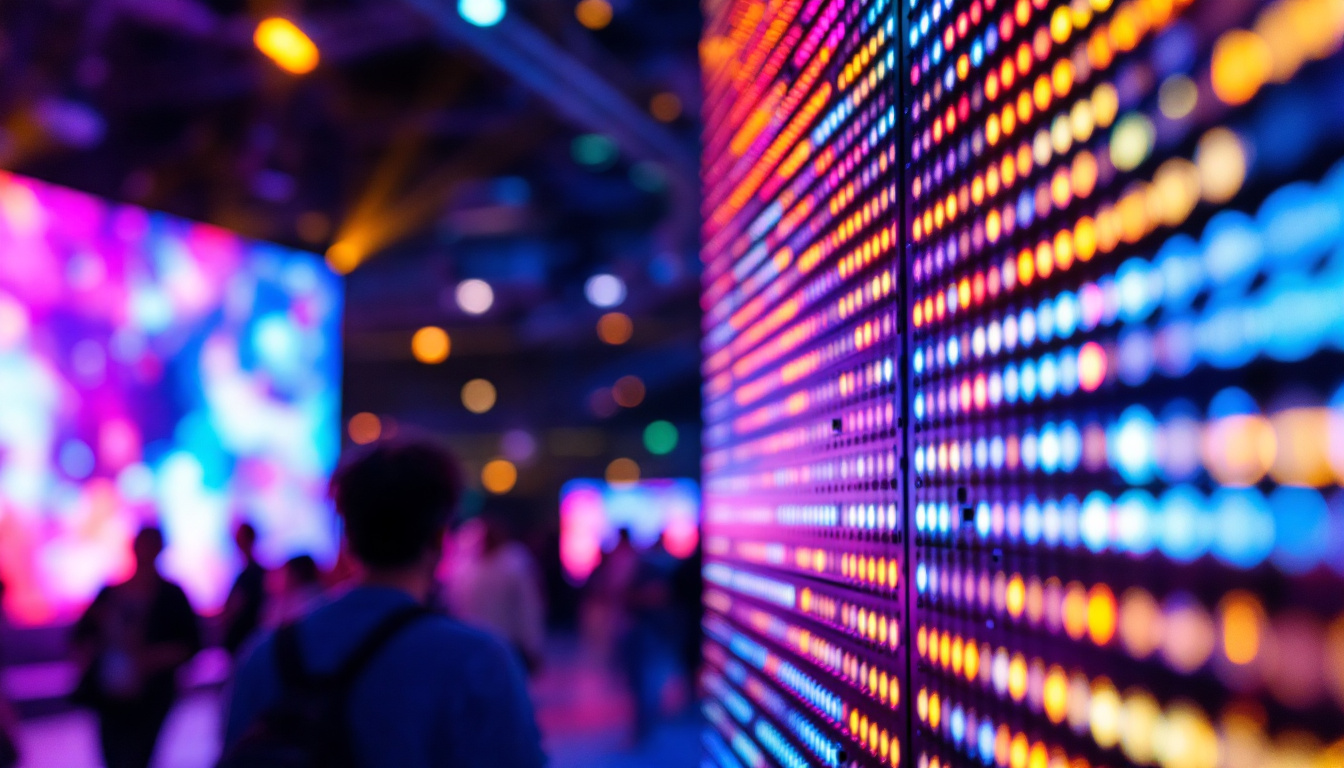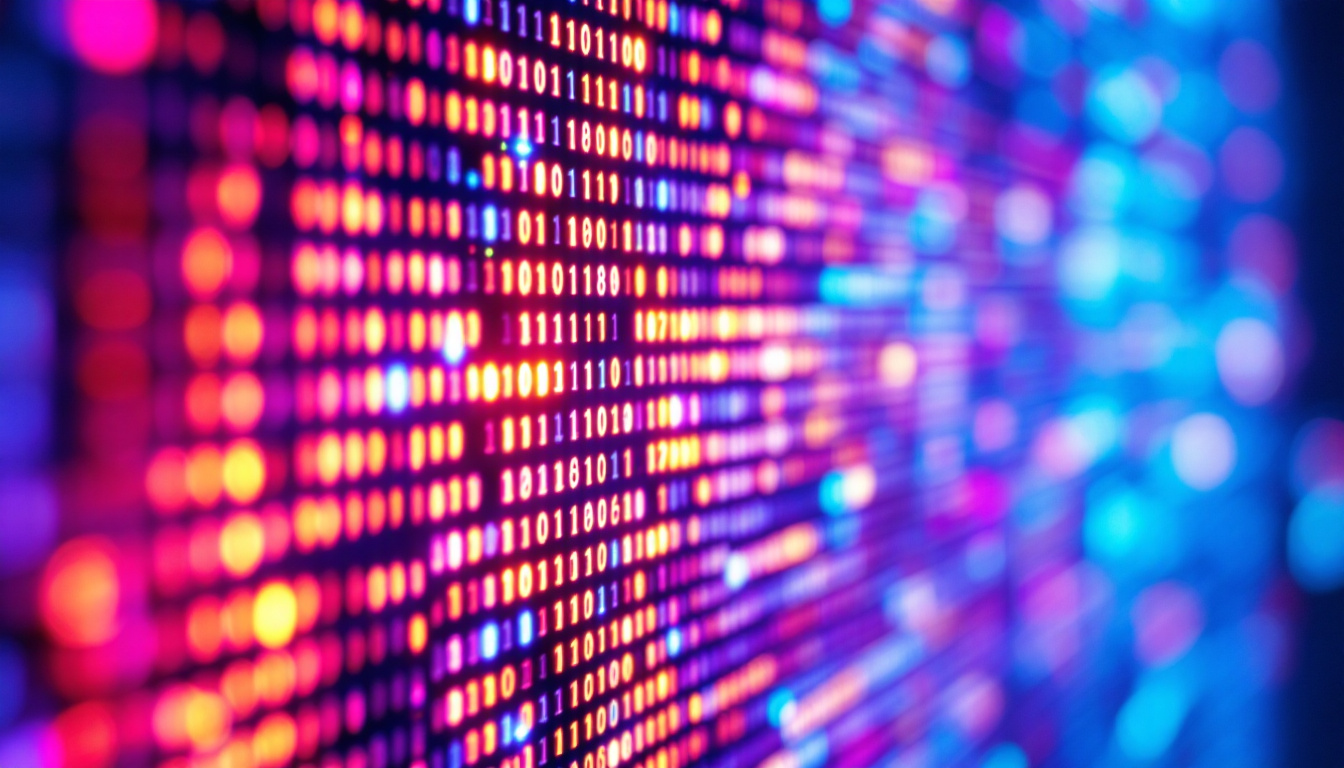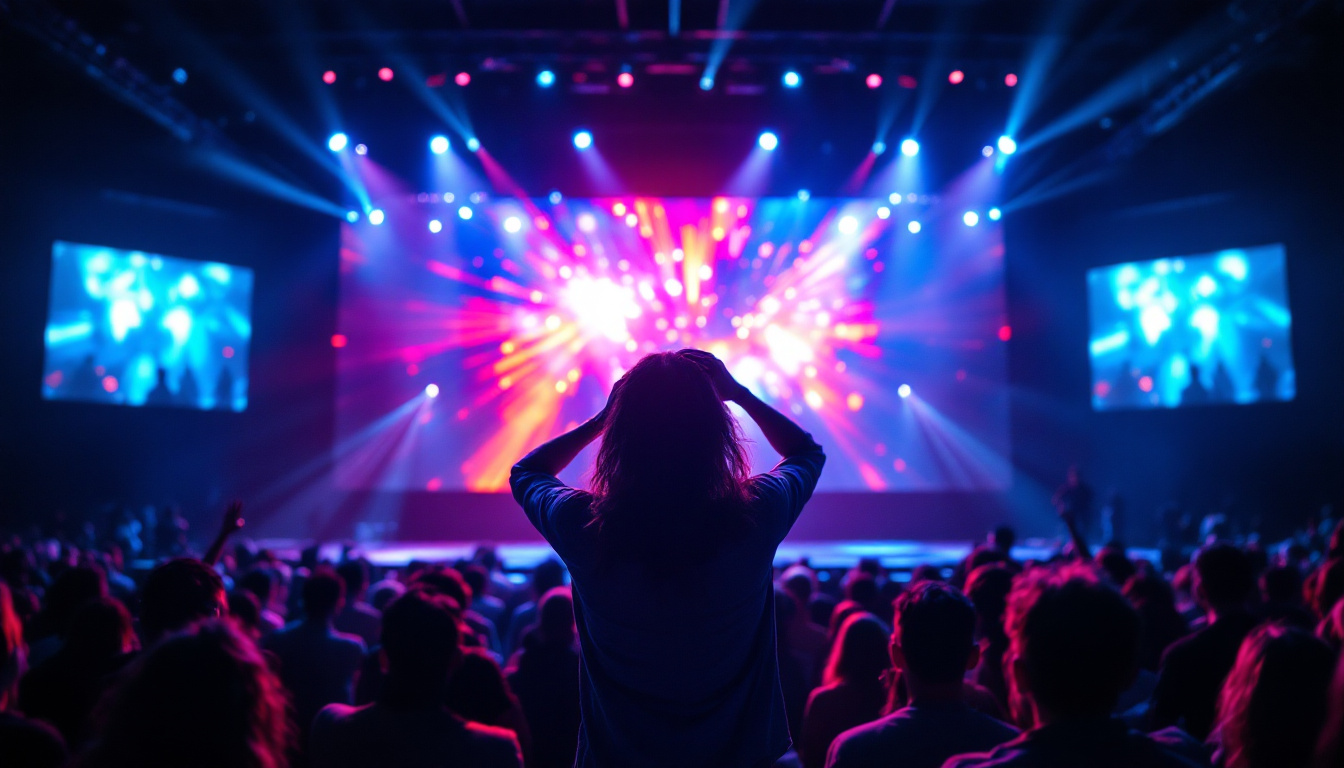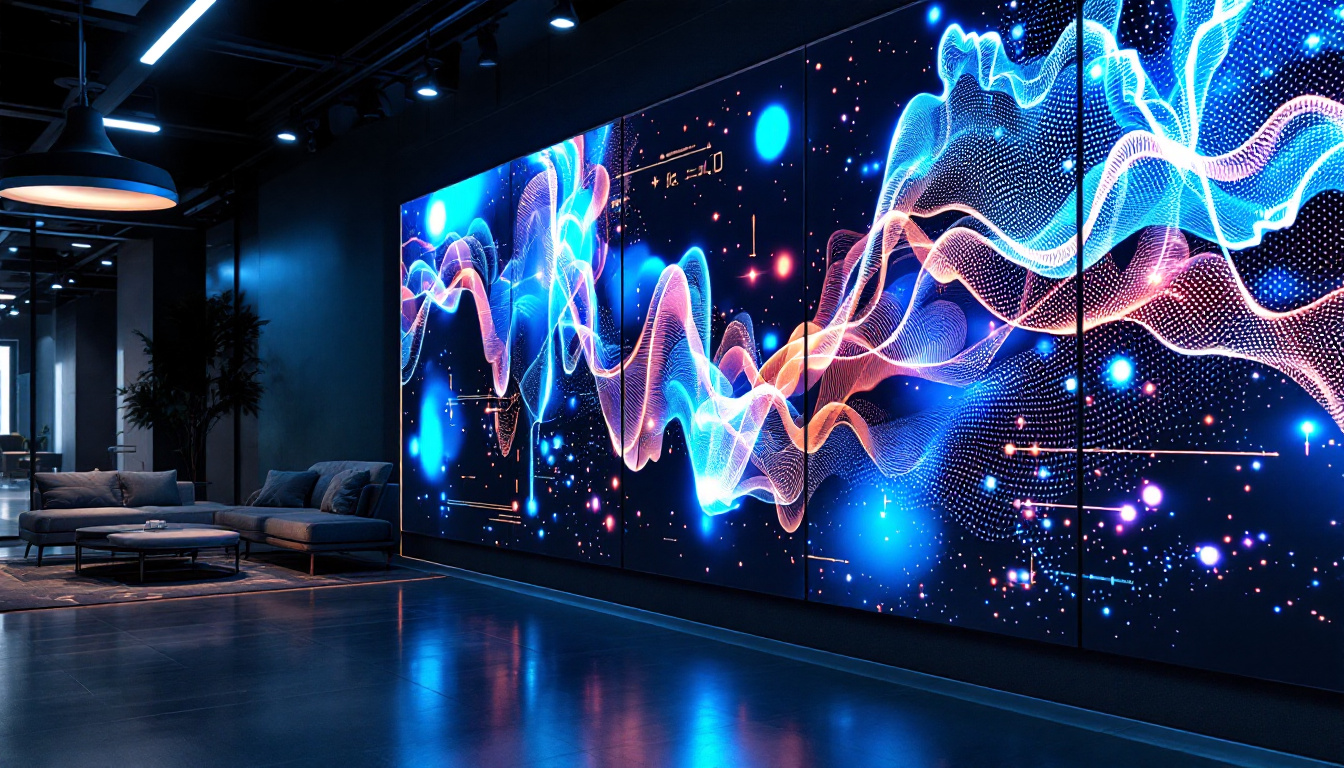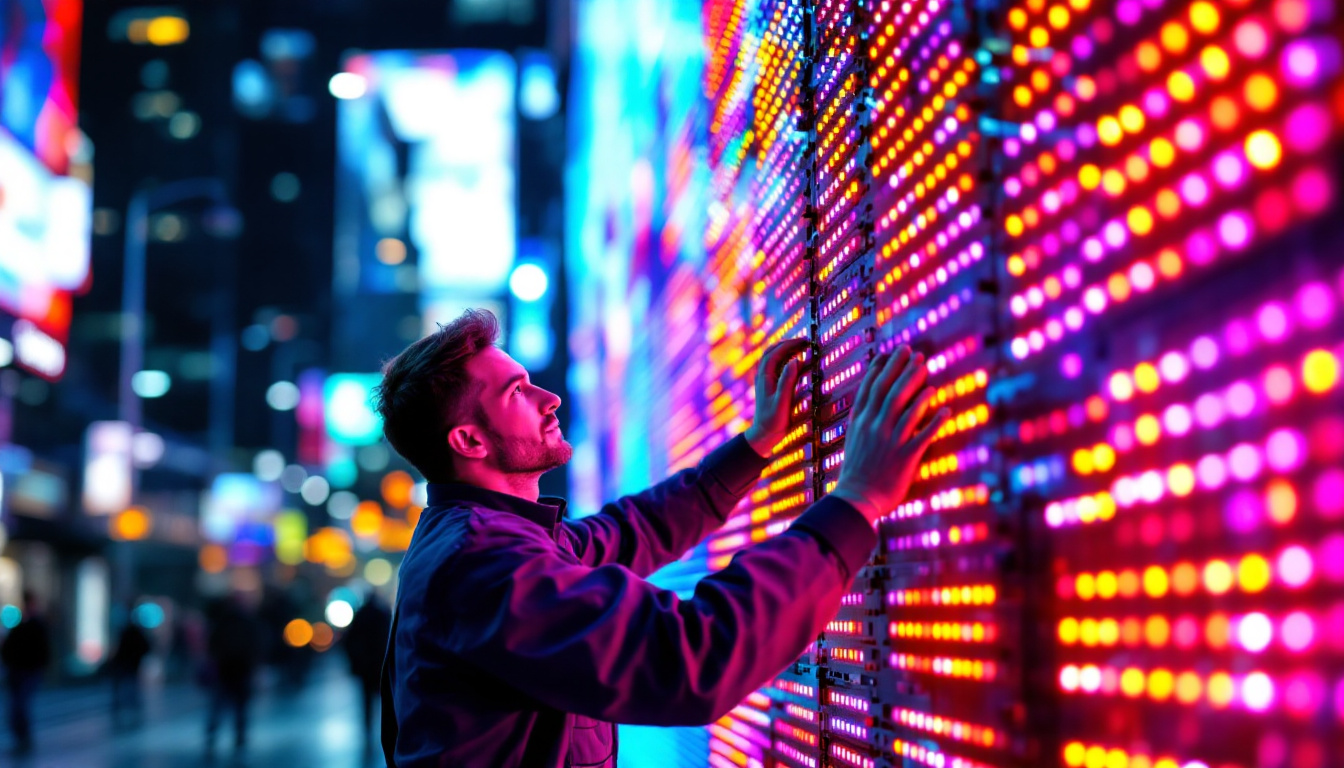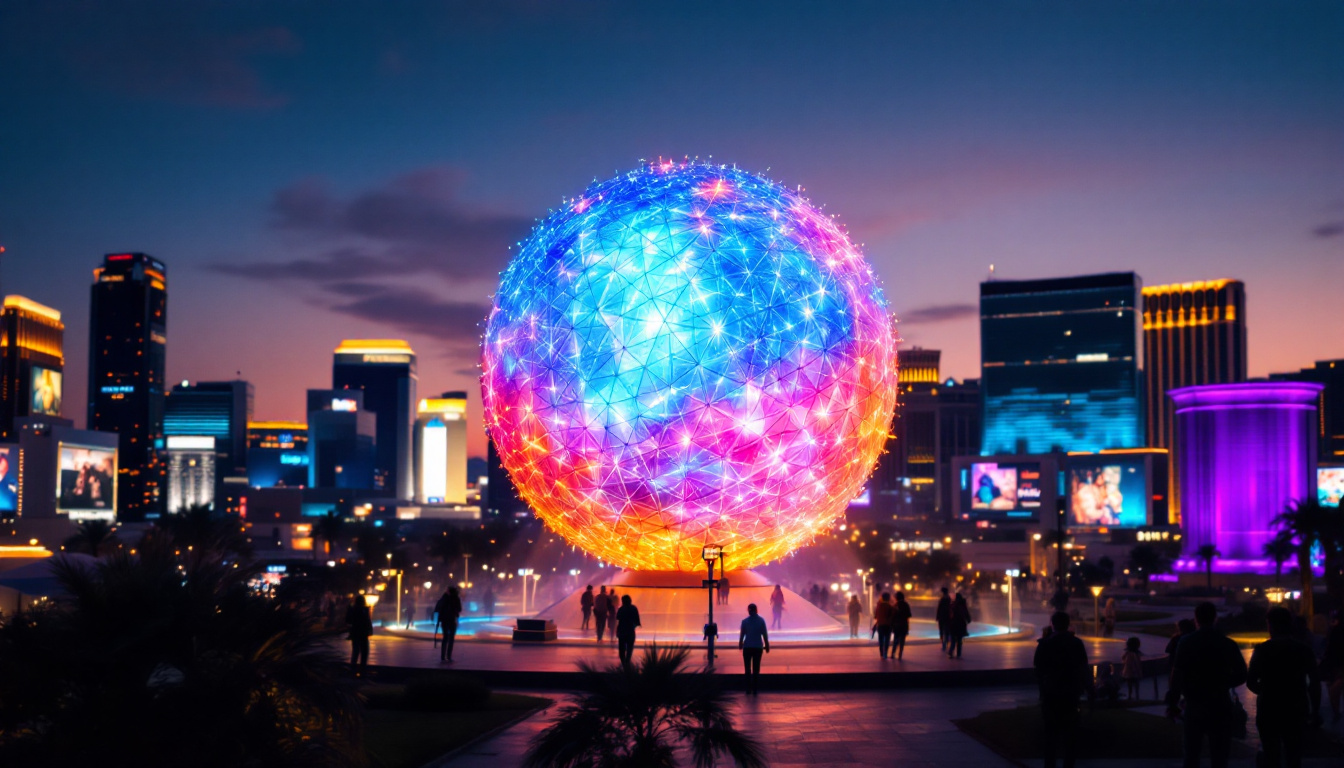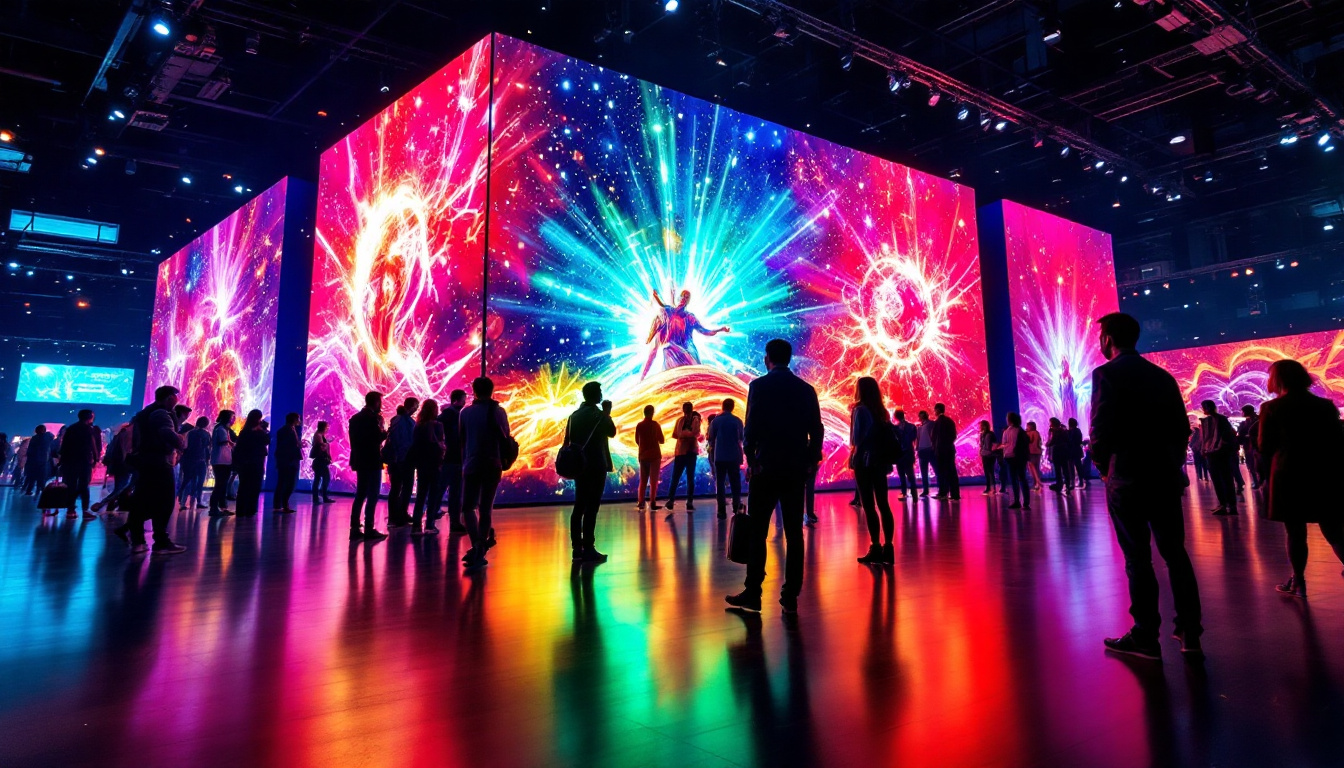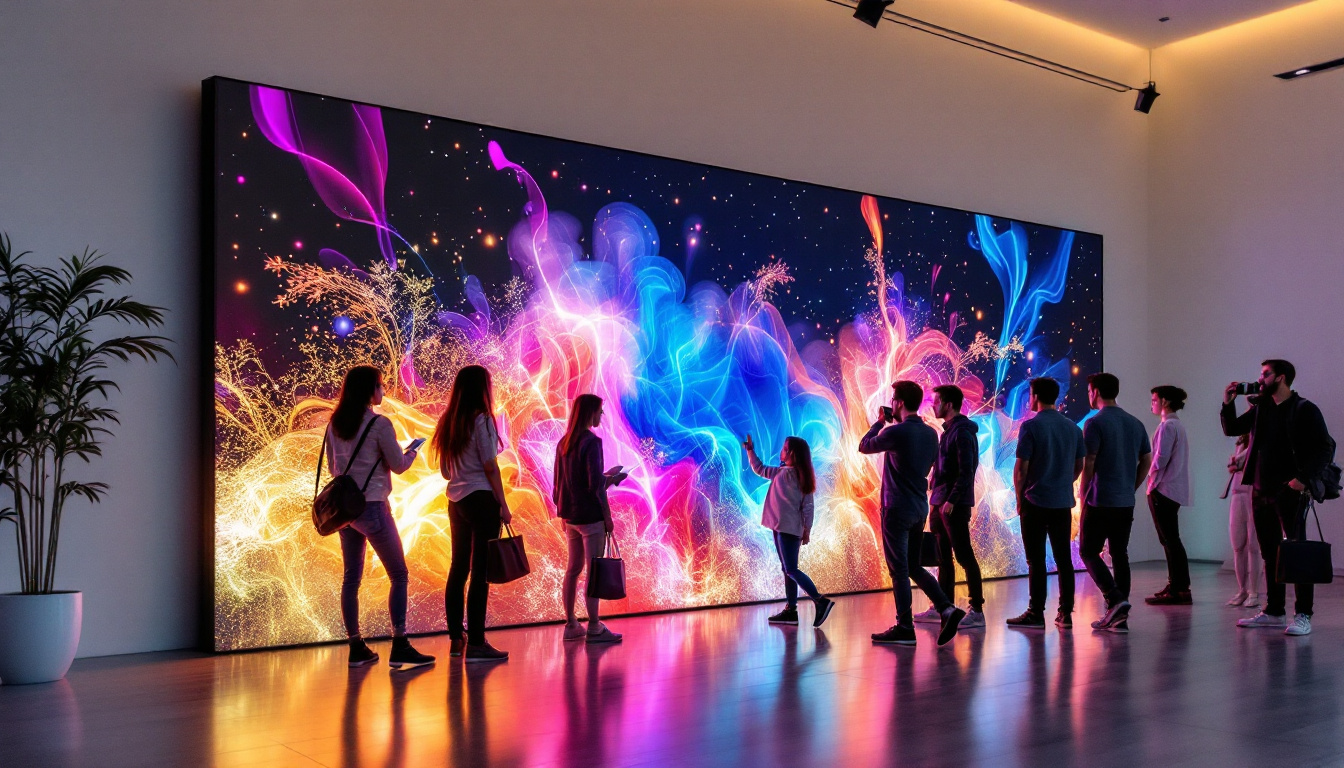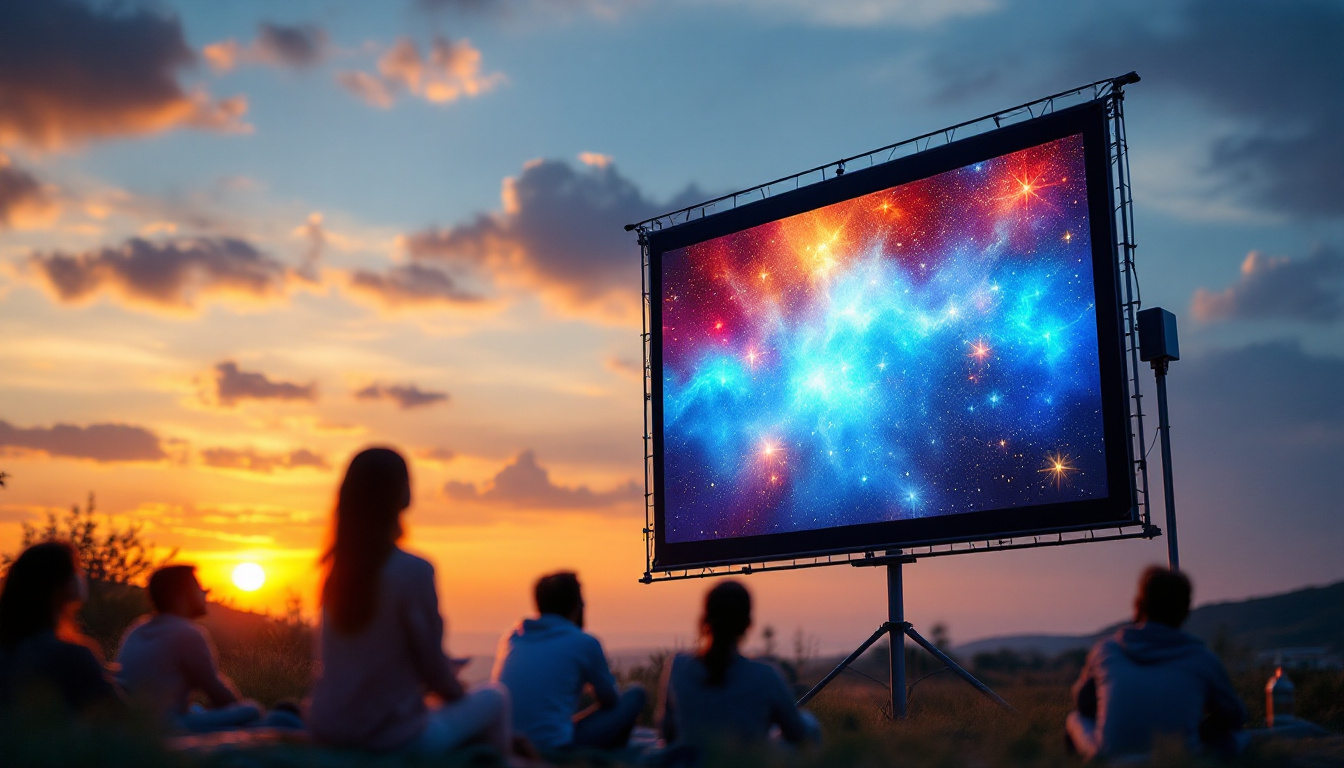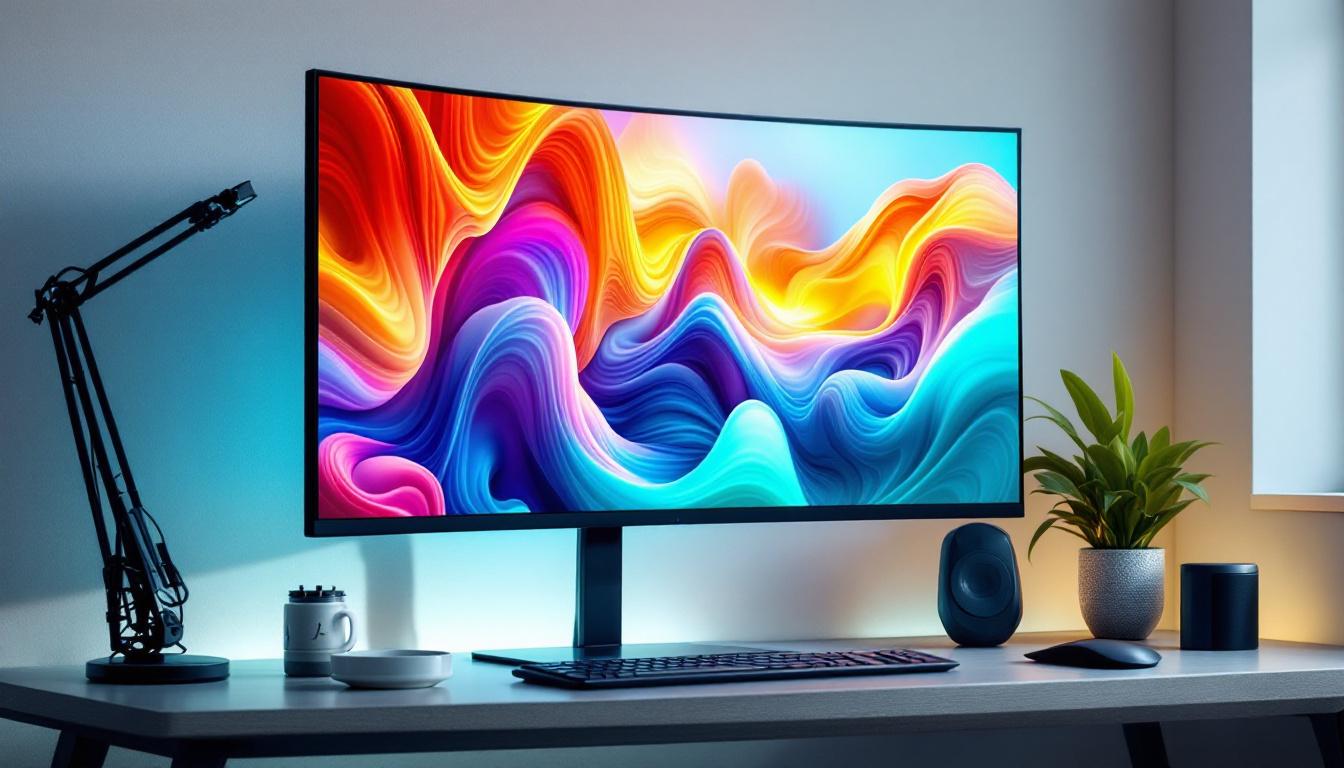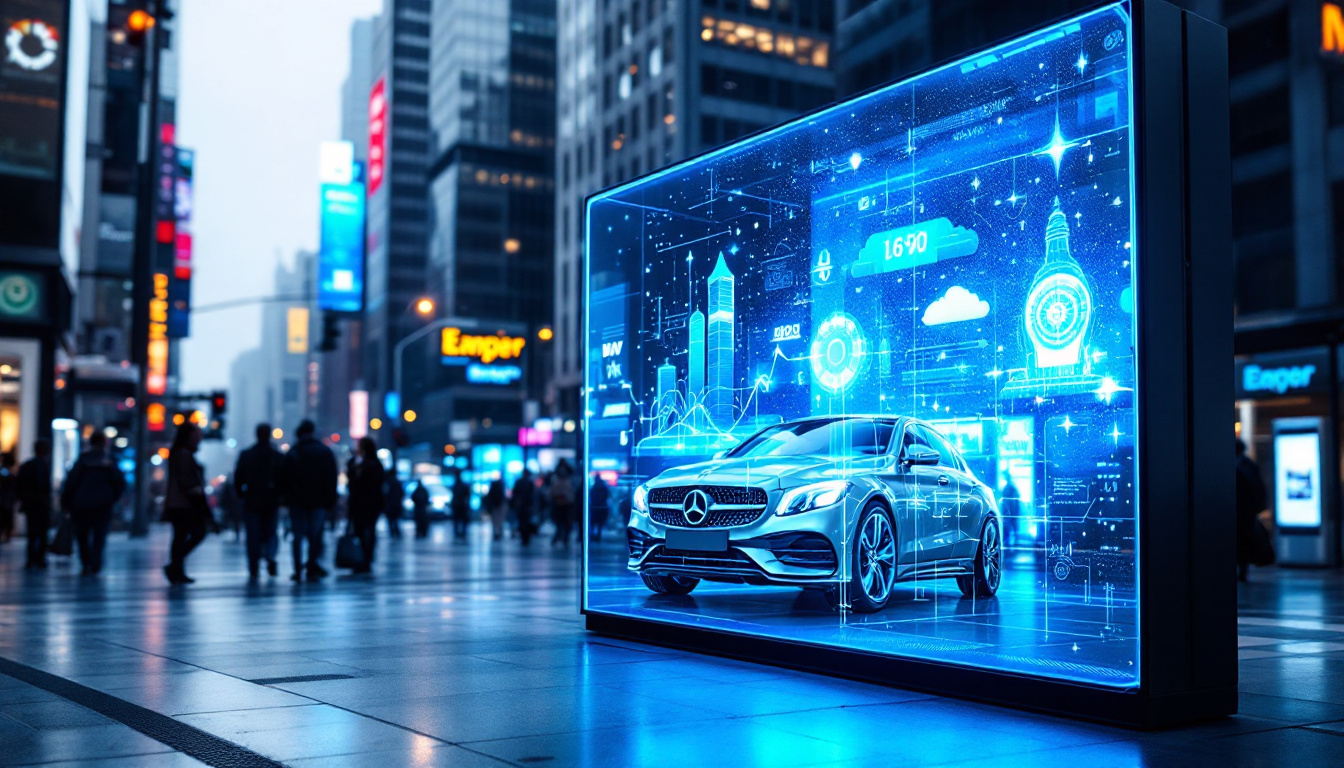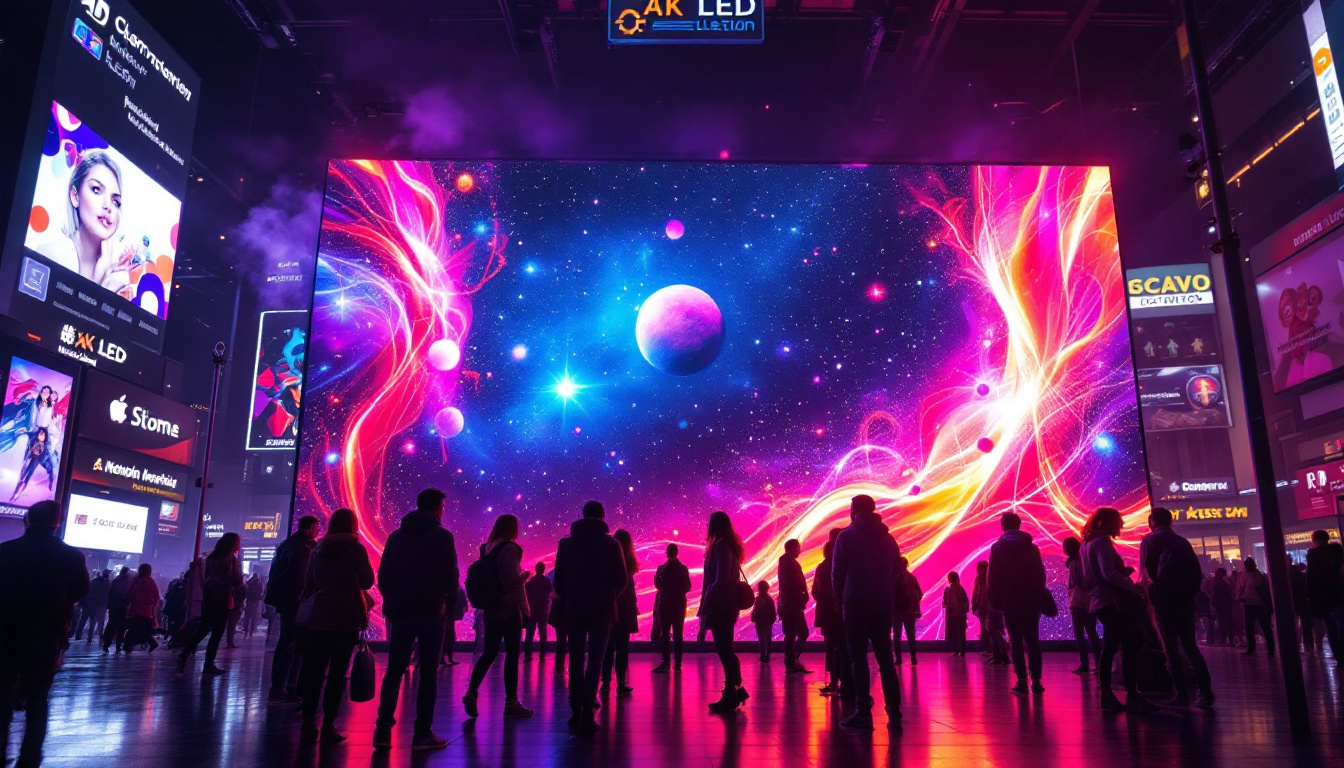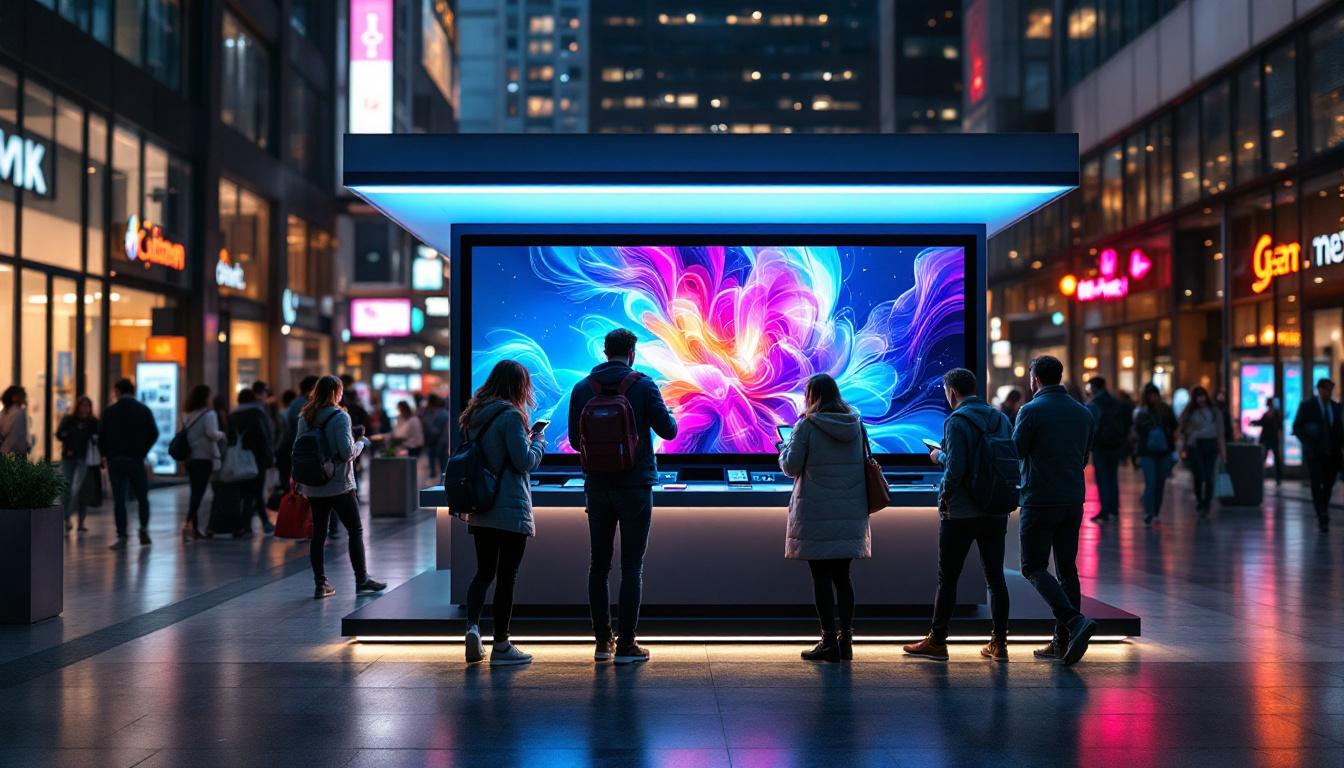In the world of sports and events, the ability to convey information quickly and effectively is paramount. Real-time LED scoreboards have emerged as a revolutionary tool for displaying scores, statistics, and other vital information in a visually appealing manner. This article delves into the intricacies of LED displays, focusing on their functionality, advantages, and applications in various settings.
Understanding LED Technology
Light Emitting Diodes (LEDs) are semiconductor devices that emit light when an electric current passes through them. This technology has transformed the way information is displayed, particularly in scoreboards. LEDs are known for their brightness, energy efficiency, and longevity, making them an ideal choice for outdoor and indoor displays alike. Their compact size also allows for versatile designs, enabling manufacturers to create displays that can fit into various environments, from stadiums to small gyms.
How LEDs Work
LEDs function by electroluminescence, where the movement of electrons through a semiconductor material generates light. When a voltage is applied, electrons recombine with holes in the semiconductor, releasing energy in the form of photons. This process allows for the creation of vibrant colors and high contrast, essential for readability in various lighting conditions. Additionally, advancements in LED technology have led to the development of smart LEDs that can adjust their brightness based on ambient light, further enhancing visibility and energy efficiency.
Types of LED Displays
There are several types of LED displays used in scoreboards, each suited for different applications. The most common types include:
- Single Color Displays: Typically used for simple scorekeeping, these displays show one color, often red or green, making them easy to read.
- Bi-Color Displays: These can show two colors, allowing for more complex information, such as home and away scores.
- Full-Color Displays: Utilizing RGB (Red, Green, Blue) technology, these displays can showcase a wide range of colors, ideal for detailed graphics and animations.
In addition to these types, there are also specialized LED displays designed for specific sports or events. For instance, some scoreboards include features like integrated timers, shot clocks, or even video playback capabilities, which can enhance the spectator experience. Furthermore, the rise of digital scoreboards has allowed teams to engage with fans more interactively, displaying real-time statistics, player information, and even advertisements during breaks in play. This integration of technology not only improves the viewing experience but also opens new revenue streams for sports organizations.
Moreover, the durability of LED displays makes them particularly well-suited for outdoor environments, where they are exposed to various weather conditions. Many modern LED scoreboards are designed to be waterproof and resistant to extreme temperatures, ensuring that they remain functional and visually appealing regardless of the elements. This resilience, combined with their low maintenance requirements, makes LED technology a cost-effective solution for sports facilities looking to invest in long-lasting display systems.
The Advantages of Real-Time LED Scoreboards
Real-time LED scoreboards offer numerous advantages over traditional scorekeeping methods. Their benefits extend beyond mere aesthetics, impacting functionality and user experience significantly.
Enhanced Visibility
One of the primary advantages of LED scoreboards is their visibility. The brightness of LED displays ensures that information is easily readable from a distance, even in bright sunlight. This feature is particularly important in outdoor sports venues where glare can be an issue.
Dynamic Content Display
LED scoreboards can display a variety of content, including scores, player statistics, advertisements, and even animations. This dynamic capability allows for engaging presentations that can enhance the spectator experience. For example, during a timeout, a scoreboard can showcase player highlights or sponsor messages, keeping the audience entertained.
Energy Efficiency
Compared to traditional scoreboard technologies, LED displays consume significantly less energy. This efficiency not only reduces operational costs but also contributes to environmental sustainability. Many venues are now opting for LED technology to align with green initiatives and reduce their carbon footprint.
Applications of LED Scoreboards
LED scoreboards are versatile tools used in various settings, from professional sports arenas to community events. Their adaptability makes them suitable for a wide range of applications.
Sports Venues
In professional sports, LED scoreboards are a staple. They provide real-time updates on scores, fouls, and game time, ensuring that fans remain informed throughout the event. Additionally, these scoreboards can display replays and highlight reels, enhancing the overall spectator experience.
Educational Institutions
Schools and universities are increasingly adopting LED scoreboards for their athletic programs. These displays not only serve practical purposes during games but also promote school spirit. Customizable graphics can feature school logos and colors, fostering a sense of community among students and alumni.
Corporate Events and Promotions
LED scoreboards are also utilized in corporate settings for events, conferences, and promotional activities. They can display schedules, speaker information, and live updates, ensuring attendees are well-informed. Furthermore, the ability to showcase advertisements in real-time can generate additional revenue for event organizers.
Key Features of Modern LED Scoreboards
Modern LED scoreboards come equipped with a variety of features that enhance their functionality and user experience. Understanding these features can help organizations choose the right scoreboard for their needs.
Wireless Connectivity
Many contemporary LED scoreboards offer wireless connectivity options, allowing for easy updates and control from remote devices. This feature is particularly beneficial for event organizers who need to make quick changes to the displayed information without being physically present at the scoreboard.
Customizable Displays
Customizability is another crucial feature of LED scoreboards. Organizations can tailor the display to their specific needs, including the size, shape, and content. This flexibility ensures that the scoreboard fits seamlessly into the venue and meets the requirements of the event.
Integration with Other Systems
Modern LED scoreboards can be integrated with various systems, such as timing systems, video feeds, and statistical databases. This integration allows for real-time updates and accurate information display, enhancing the overall effectiveness of the scoreboard.
Choosing the Right LED Scoreboard
Selecting the appropriate LED scoreboard requires careful consideration of several factors. Organizations must evaluate their specific needs and budget to make an informed decision.
Assessing Venue Requirements
The first step in choosing an LED scoreboard is assessing the venue’s requirements. Factors such as the size of the audience, the type of events held, and the viewing distance should be considered. A larger venue may require a bigger scoreboard with higher resolution to ensure visibility from all angles.
Budget Considerations
Budget plays a significant role in the decision-making process. While LED scoreboards can be a significant investment, they offer long-term savings through energy efficiency and reduced maintenance costs. Organizations should weigh the initial costs against the potential benefits to determine the best option for their budget.
Vendor Reputation and Support
Choosing a reputable vendor is crucial when investing in an LED scoreboard. Organizations should research potential suppliers, looking for reviews and testimonials from previous clients. Additionally, it is essential to consider the level of support and warranty offered by the vendor, ensuring that assistance is available if issues arise.
Maintenance and Care for LED Scoreboards
To ensure longevity and optimal performance, proper maintenance of LED scoreboards is essential. Regular care can prevent issues and extend the lifespan of the display.
Regular Cleaning
Dust and debris can accumulate on LED displays, affecting visibility and performance. Regular cleaning with a soft cloth and appropriate cleaning solutions is necessary to maintain clarity. It is advisable to follow the manufacturer’s guidelines for cleaning to avoid damaging the display.
Software Updates
Keeping the scoreboard’s software up to date is crucial for optimal performance. Manufacturers often release updates to improve functionality and security. Regularly checking for and installing these updates ensures that the scoreboard operates smoothly and efficiently.
Professional Inspections
Scheduling professional inspections can help identify potential issues before they become significant problems. Technicians can assess the condition of the scoreboard, perform necessary repairs, and ensure that all components are functioning correctly. Regular inspections contribute to the longevity of the display.
The Future of LED Scoreboards
The landscape of LED scoreboards is continually evolving, driven by advancements in technology and changing consumer expectations. The future promises even more innovative features and capabilities.
Smart Technology Integration
The integration of smart technology into LED scoreboards is on the rise. Features such as artificial intelligence and machine learning can enhance the scoreboard’s functionality, allowing for more personalized content delivery and improved user interaction. This evolution will enable organizations to engage audiences in new and exciting ways.
Augmented Reality Features
Augmented reality (AR) is another area poised for growth in LED scoreboard technology. By overlaying digital information onto the physical world, AR can create immersive experiences for spectators. For instance, fans could view player statistics or game highlights through their smartphones while watching the game live.
Increased Interactivity
Future LED scoreboards are likely to feature increased interactivity, allowing fans to engage with the display in real-time. This could include voting for player of the game, participating in live polls, or accessing exclusive content through mobile apps. Such features will enhance the overall spectator experience and foster a deeper connection between fans and events.
Conclusion
Real-time LED scoreboards have revolutionized the way information is displayed in sports and events. Their bright, dynamic displays enhance visibility and engagement, making them an invaluable tool for organizations. As technology continues to advance, the future of LED scoreboards looks promising, with innovations that will further enhance their functionality and interactivity. Investing in a high-quality LED scoreboard not only improves the spectator experience but also positions organizations at the forefront of modern event management.
Illuminate Your Scoreboard with LumenMatrix
Ready to elevate your venue’s experience with the vibrant, dynamic displays of real-time LED scoreboards? LumenMatrix is at the forefront of LED display innovation, offering a wide array of solutions that cater to your unique needs. From Indoor and Outdoor LED Wall Displays to specialized LED Sports Displays and beyond, our mission is to transform your visual communication with clarity and impact. Don’t just keep score; captivate your audience and showcase your brand with unparalleled brilliance. Check out LumenMatrix LED Display Solutions today and step into the future of digital signage.

